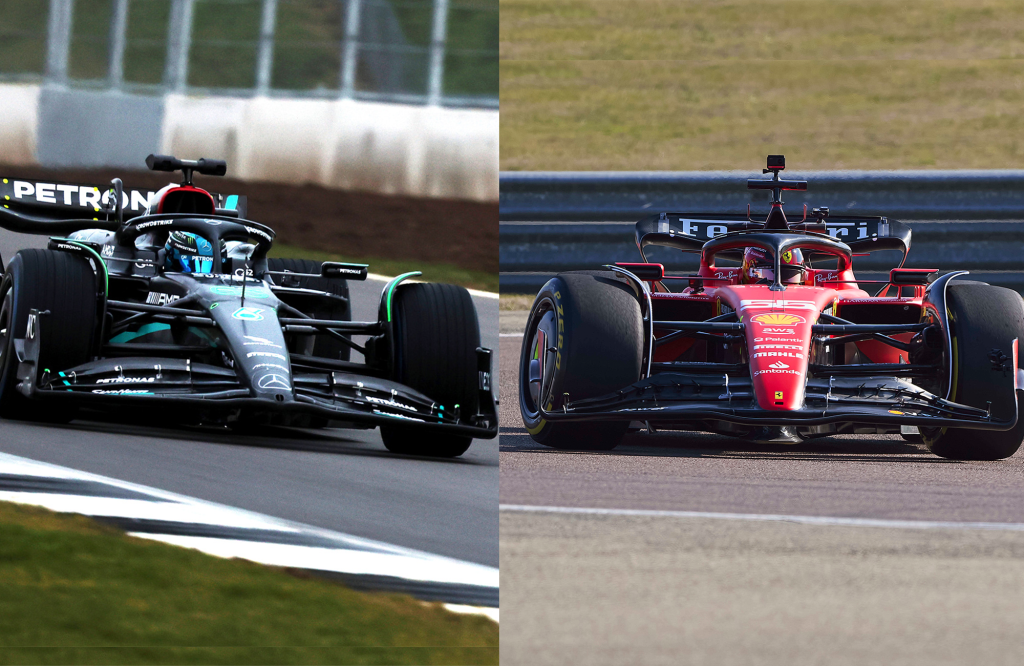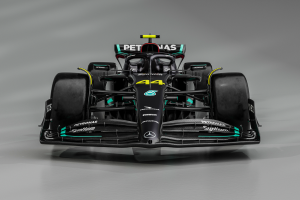Up Next

Mercedes is very convincing in the logic of it having remained with its narrow sidepod concept for this season’s Formula 1 car despite the relative disaster of last year’s car.
Ferrari is very convincing in its similar reasoning for its 2023 car only being a fairly mild update of the 2022 version.
But against a Red Bull team on the crest of a wave, having won all but five of last season’s 22 races – and very little change in the technical regulations – will that be enough?
This isn’t to suggest Ferrari and Mercedes have made the wrong calls. Those calls may turn out to be inspired. But it is worth highlighting the question as we head into 2023 because the competitive quality of the season will likely be determined by the answer.
Mercedes believes that the route of its problems last year was unconnected to the radical – and unique – sidepod layout. Technical director Mike Elliott admits there were times last year when they weren’t so sure, times, “when we were questioning ourselves and asking have we made a major mistake, do we need to change what we are fundamentally doing? But you know if you tear it all up and start again you’re going to start further back than where you are.
“It’s better to take the car you’ve got and build on it. Although we had a lot of problems with the car last year, there was also a lot of goodness in the car; there were things it did well. You have to be careful not to throw those things away by starting again.”
“We have analysed it back and forth,” says Toto Wolff, “… and we believe this sidepod is not a performance-relative part… I love the fact that we stayed bold and continued to follow what the science says for us.”
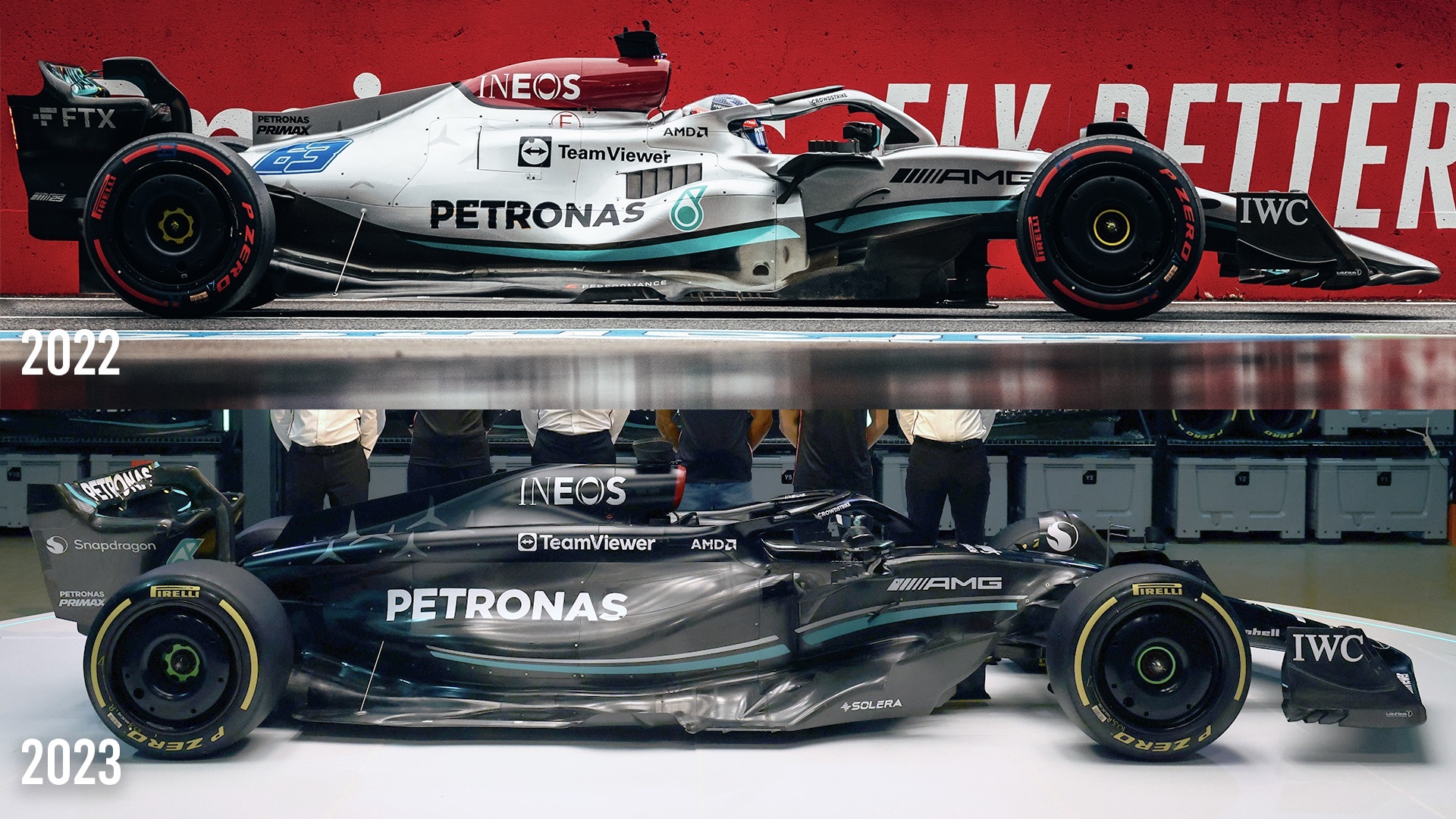
It’s true that the major performance driver of this generation of car is the thing that’s least visible, the super-powerful underfloor. The sidepod configuration is really just a second-order choice in how best to optimise the cooling demands with the conflicting need to maximise the airflow speed through the gap between the rear wheels – as that further enhances underbody performance.
The sidepod shape determined by the radiator layout will impact upon the siting and geometry of the crucial inlets to the underfloor. The pods do not, in themselves, have much impact on aero performance. Everything is subservient to that underfloor and unfortunately, we cannot yet see what Red Bull, Ferrari and Mercedes have done there.
Where last year’s Mercedes W13 struggled very badly was in controlling its aero platform. Controlling the initial porpoising problem took the car out of its ideal rear ride height, losing its downforce and obliging a bigger wing to be used, costing drag. Keeping the ride height in a window that would maximise downforce but not induce porpoising meant running the rear suspension extremely stiff, especially given that its range of travel was very limited.
It had been designed that way without the realisation of the porpoising problem and given that the whole rear end and gearbox architecture was based around this inappropriate range of travel, they were stuck with it for the season. That level of stiffness was greater than the stiffness of the sidewalls of the tyres, so the phenomenon of bouncing (quite distinct from the aero-induced porpoising motion) was triggered.
Keeping the car in this very narrow window made it very unpredictable on entry into slow corners, even though its high-speed corner performance was very good. Indeed in the second half of the season, it was usually the fastest through such corners. It was untouchable through the fast esses at Austin, for example. But unpredictable and snappy through the slow corners and slow on the straights, as usual.
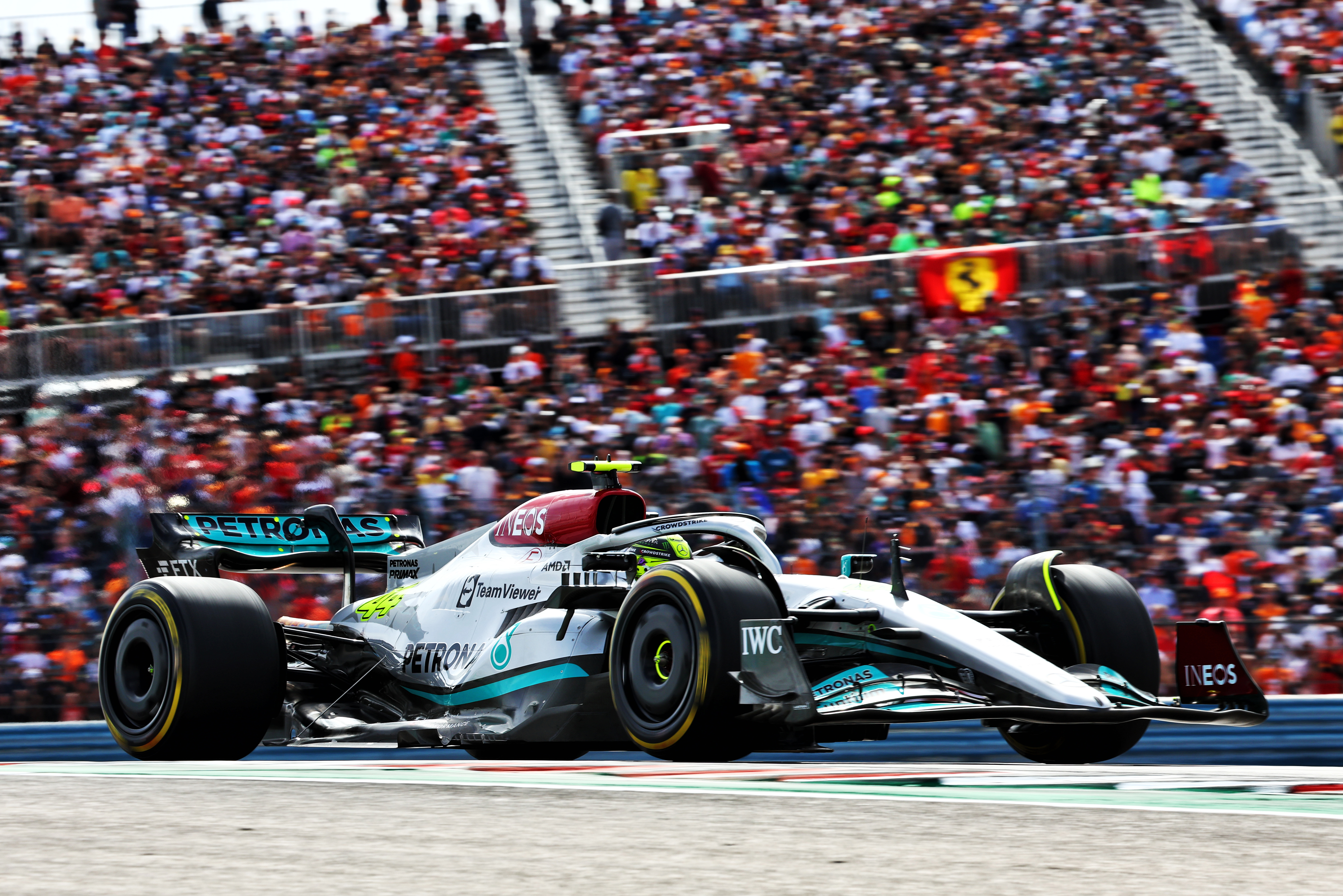
In an ideal windtunnel world where the porpoising phenomenon was not induced, the ‘zero pods’ concept in combination with the W13’s underfloor created fantastic numbers. Numbers which, if they’d been replicated in the real world, would have left Red Bull and Ferrari fighting over their crumbs.
That was the belief Mercedes had before the car actually took to the track and its awful reality was revealed. In simulation the big area of exposed floor made possible by the pod layout allowed a huge volume of air to rush between the rear wheels and pull harder on the underfloor air exiting the tunnel diffusers. Thereby speeding up the underfloor airflow to create fantastic downforce. Furthermore, the narrow pods also allowed the inlets of the floor to be placed in a way Mercedes believed would maximise the effectiveness of the tunnels.
It’s understandable why the Mercedes technical team has been reluctant to surrender on this concept. Because if the mechanical parts of the equation, notably the rear suspension, can be made more sympathetic to the aerodynamic needs of the car, and the underfloor can be made less sensitive, maybe they can begin to unlock the previously unreachable potential of the concept. That in essence is the Mercedes pitch for an antidote to Red Bull’s overwhelming superiority in 2022.
Ferrari’s is slightly different, but has resulted in a similar decision to retain its existing concept with just a few refinements. The outwashing sidepod fronts and the depression within the sidepod tops not only increased the effectiveness of the louvres there but also kept more of the airflow directed at the beam wing without spilling over the sides, creating big downforce. That in combination with a uniquely-configured power unit which gave super-strong acceleration off the corners made a car good enough to score 11 poles last year, two more than Red Bull.
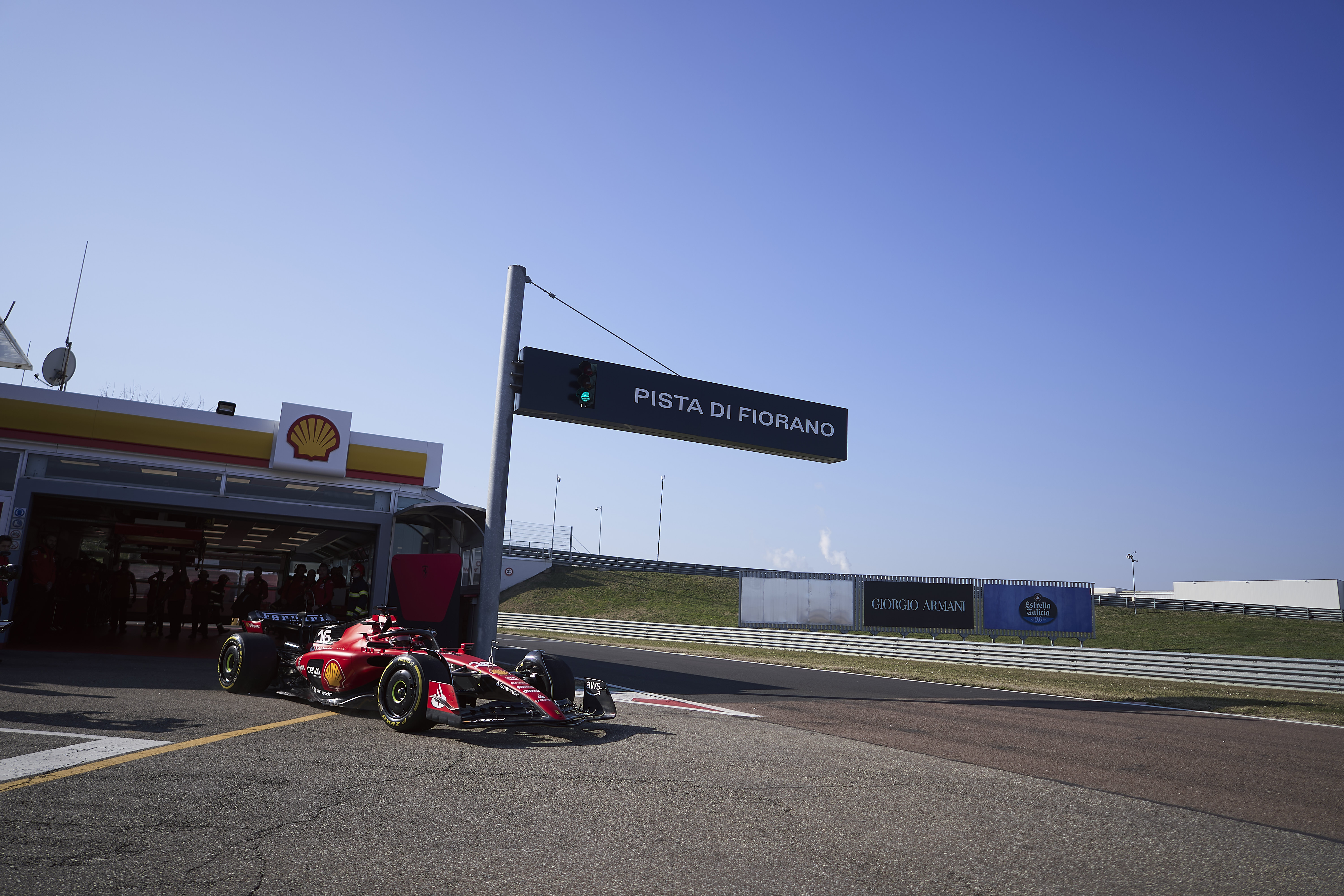
But it was unreliable and had to be run in detuned form for much of the season. With the reliability fixed and the engine returned to its potent early-season form, the aero concept, with a few tweaks, (notably the ingenious S-duct around the cockpit sides) will surely be a great basis for a title challenge? That’s Ferrari’s pitch.
Either one or both of those pitches may come good. But Red Bull will not have been standing still.
Furthermore, Red Bull’s underfloor, from what we saw of it, was way more complex in its geometry than anyone else’s and seemed configured to maximise useable, consistent downforce throughout the speed range and operating conditions. Even the way the team was using variations in the geometry of the inlet fins to vary the aero centre of pressure according to circuit demands suggested a level of aerodynamic sophistication beyond any else’s.
This is the team which Christian Horner has declared is the ‘strongest Red Bull team we’ve ever had’. It really is firing on all its cylinders and it’s difficult to imagine that its windtunnel time restriction will be enough to blow it off course.
So that’s how the season is poised before the first test.


